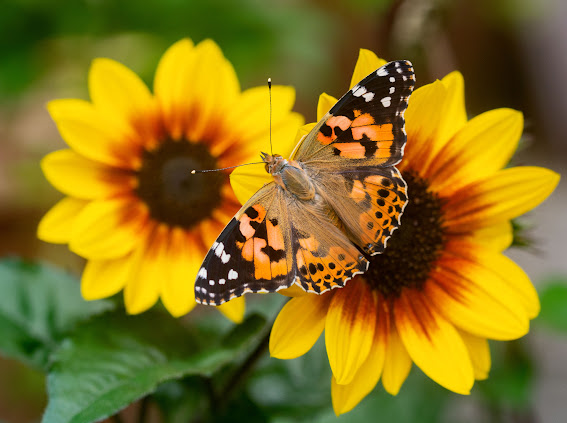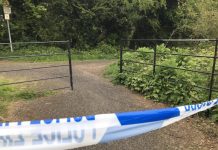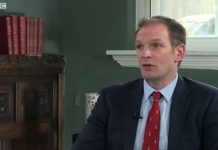Results of Butterfly Conservation’s Big Butterfly Count 2023 have been released today, revealing a better picture for butterflies than had been feared.
Overall, participants of the Big Butterfly Count enjoyed seeing more butterflies this year than in the previous foursummers. In total, over 1.5 million butterflies and day-flying moths were recorded from 14 July – 6 August. After an all-time low in 2022 of just nine individual butterflies spotted per Count, this year saw an increase to 12 butterflies recorded on average per Count.
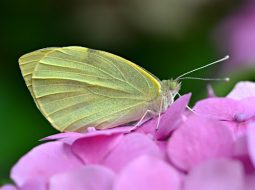 However, this good news is in contrast with what the long-term trends are revealing. Released for the first time this year, these show that since the Big Butterfly Count started 13 years ago, many species have significantly decreased.
However, this good news is in contrast with what the long-term trends are revealing. Released for the first time this year, these show that since the Big Butterfly Count started 13 years ago, many species have significantly decreased.
It is a further warning sign that nature everywhere is in crisis – butterflies, as well as forming a vital part of the food chain, are considered significant indicators of the health of the environment.
Following last summer’s heatwave and drought, scientists at Butterfly Conservation called on the public to help them understand the effect the extreme weather had on the UK’s butterflies. People responded in their thousands, with almost 95,000 citizen scientists taking part in this year’s Big Butterfly Count, conducting 136,719 15-minute Counts in gardens, parks, school grounds and the countryside.
Dr Zoe Randle, Senior Surveys Officer at Butterfly Conservation, said: “It’s wonderful that so many people have been out enjoying spotting butterflies. We had huge support for the Big Butterfly Count this year, and thanks to the many people who went out during those sunny intervals, we now know that the effects of last year’s drought were not as bad for butterflies as we had feared.
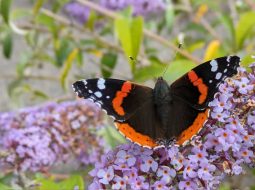 “The mixed weather this year has helped as there has been an abundance of green food plants available for caterpillars, and plenty of nectar-rich flowers for adult butterflies. However, while the number of butterflies recorded this summer has been the highest since 2019, the longer-term trends show worrying declines for some of the UK’s most common butterfly species.”
“The mixed weather this year has helped as there has been an abundance of green food plants available for caterpillars, and plenty of nectar-rich flowers for adult butterflies. However, while the number of butterflies recorded this summer has been the highest since 2019, the longer-term trends show worrying declines for some of the UK’s most common butterfly species.”
The most-seen species this year was the Red Admiral, with 248,077 recorded – an increase of 338% on last year’s Count and the first time the species, which is increasing in the UK as a result of climate change, has taken the top-spot.
Gatekeeper was next, with 222,896 sightings. This represents a 12% increase on last year and is a small, but welcome, boost for a species that has decreased by 28% since the Count began.
The Whites took the third and fourth spot, with 216,666 sightings of Large Whites and 190,506 of Small Whites, an 11% and 15% increase on 2022 respectively. Holly Blue had another good summer, with numbers up 66% on 2022, in keeping with its longer-term Big Butterfly Count trend of a 41% increase.
Species that saw a decline from last year include Ringlet, Common Blue and Speckled Wood, all of which also show long-term declines.
Although its numbers hardly changed compared to summer 2022, Green-veined White has the most severe Big Butterfly Count trend in the longer term, a decrease of 61%.
Dr Richard Fox, Head of Science at Butterfly Conservation, explained: “One of the biggest threats butterflies in the UK face is habitat loss. While the weather certainly has an impact on numbers from year to year, butterflies, moths and many other species can generally cope with variable weather. What they can’t cope with is habitat destruction.
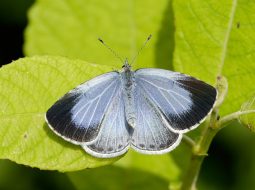 “Butterflies need a place to live. If they can feed, breed and shelter, they can thrive. By creating a Wild Space in your outdoor area you can help to reverse the massive losses of wildlife-friendly habitat and start to turn around the fortunes of our declining butterflies.”
“Butterflies need a place to live. If they can feed, breed and shelter, they can thrive. By creating a Wild Space in your outdoor area you can help to reverse the massive losses of wildlife-friendly habitat and start to turn around the fortunes of our declining butterflies.”
Anyone, anywhere, can create a Wild Space. Whether it’s leaving a patch of long grass in your garden or planting a small selection of nectar rich plants on a balcony, the opportunities are vast and everyone can make a difference.
Dr Richard Fox concluded: “Nearly 137,000 Big Butterfly Counts were recorded this summer and if every single person who helped with the Count creates a Wild Space, we can build a UK-wide network of spaces for butterflies to feed, breed and shelter. By creating a Wild Space everyone can make a difference and help butterflies and moths thrive.”

